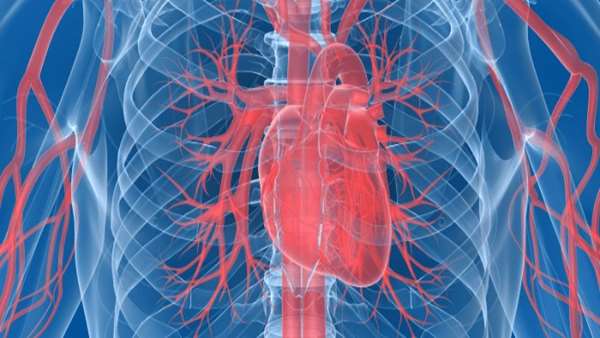Self-organizing cardioid spontaneously develops heart with hollow chambers
Scientists from the Austrian Academy of Sciences (Vienna, Austria) have for the first time developed a self-organizing heart organoid, known as a cardioid.
Scientists from the Austrian Academy of Sciences (Vienna, Austria) have for the first time developed a self-organizing heart organoid, known as a cardioid.
Up until now, researchers have achieved the generation of cardioids through tissue engineering – a process that requires the use of scaffolds to direct the assembly of the desired organoid structure. However, scaffold-derived organoids have previously failed to accurately model cardiac diseases.
The novel scaffold-free method, reported recently in the journal Cell, has allowed for the formation of the most realistic cardioids to date.
“Tissue engineering is very useful for many things like, for example, if you want to do measurements on contraction,” noted study author, Sasha Mendjan (Austrian Academy of Sciences).
However, in nature, organs develop spontaneously through a process called self-organization.
“Self-organization is how nature makes snowflake crystals or birds behave in a flock. This is difficult to engineer because there seems to be no plan, but still something very ordered and robust comes out,” Mendian continued. “The self-organization of organs is much more dynamic, and a lot is going on that we do not understand. We think that this ‘hidden magic’ of development, the stuff we do not yet know about, is the reason why currently diseases are not modelled very well.”
The team hypothesized that mimicking nature’s self-organization process in a dish would improve the properties of the resulting cardioids.
To achieve this, the group activated all six known signalling pathways involved in embryonic heart development in a specific order. Not all of these pathways are necessary for a stem cell to become a heart cell – explaining why other scientists haven’t used this method before.
“It’s not that we are using something different than other researchers, but we are just using all of the signals known,” Mendjan explained.
“So they thought, ‘Okay, they’re not really necessary in vitro.’ But it turns out all these pathways are necessary. They are important to make the cells self-organize into an organ.”
Outstandingly, as the stem cells differentiated, they successfully formed a structure similar to that of the heart wall. What’s more, after 1 week, the organoid had formed an enclosed cavity that was able to contract rhythmically – just like the human heart.
The novel cardioid was also able to respond to damage in a similar way to the human heart. After the team froze parts of the tissue with a steel rod, mimicking the effects of a heart attack, wound-healing cardiac fibroblasts began to migrate to the area and repair the damage.
“We want to come up with human heart models that develop more naturally and are therefore predictive of disease,” Mendjan concluded. “This way, companies will be more open to bringing more drugs into the clinical trials because they are much more certain of the outcome of the trial.”
Link:https://www.regmednet.com/self-organizing-cardioid-spontaneously-develops-heart-with-hollow-chambers/




ارسال به دوستان